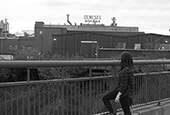Amanda Chestnut
On a Wednesday at Starry Nites
Interview No. 154
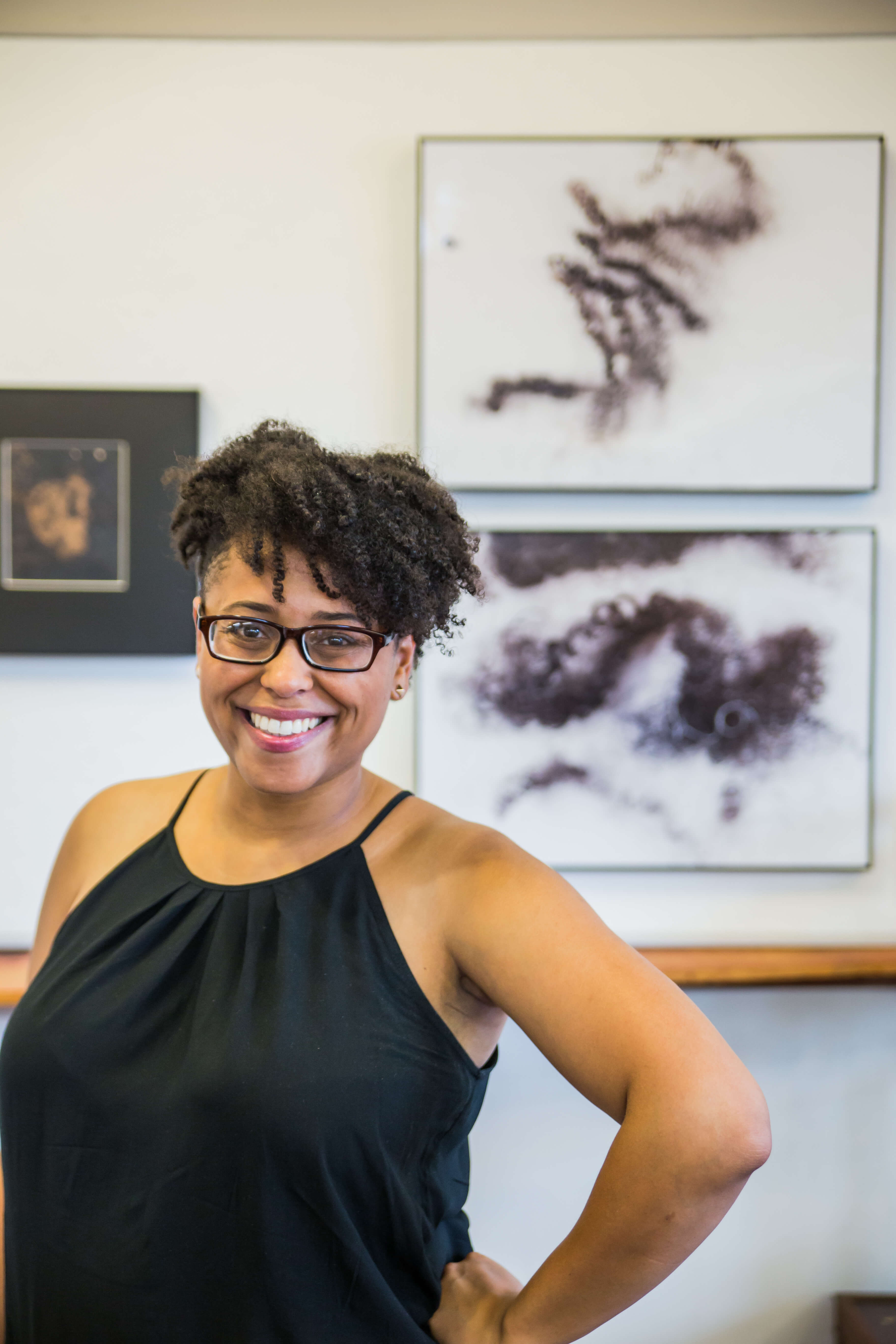

Interview by Emily Hessney Lynch.
Published October 11, 2018.
Where are you originally from? How did you end up in Rochester at this time in your life?
I was born and raised in Binghamton, and went to Geneseo for my undergrad. I studied Art History while I was there. I moved back to Binghamton for a bit before moving to Rochester. I ran into an old professor from undergrad at Wegmans and she shook me and convinced me to apply to grad school. I attended the Visual Studies Workshop for my Master’s. I have family and friends in this area and a job in the arts, so I’ve stuck around ever since.
What is your favorite part of living in Rochester?
I love the arts scene—it’s what my life is. I can’t separate my job from who I am; it’s part of me. Also, of all the places I’ve visited and lived, I’ve never been somewhere else where you can go out for so cheap. We have great food, music, and art and it’s all very affordable. Plus, my family and friends are a great anchor. This is home for me. I’m not going anywhere.
What are some of your favorite/secret Rochester spots?
There are lots of good restaurants and bars in Greece that people downtown don’t know about. The cultural festivals, like the Ukrainian and German ones, have really good food and music. The big anchor ones are downtown, but there’s more and a wider variety as you get further out from downtown. Like the Polish festivals! You get to dance with old ladies and eat sausage and potatoes. What more could you want?
What is the most unique or interesting event you've attended in Rochester?
The Pottery Invitational at Flower City Arts Center is one of them, and it’s coming up soon! It’s modeled after a local and a national invitational. The really unique and special thing is that it’s not just for artists or gallerists. It’s for the community, so people can get to know artists face to face. You get to talk to the makers and learn about their process and motivations. It’s also our biggest fundraiser of the year. Besides that, it helps establish us as a ceramics hub and makes the city more desirable for ceramicists. I think it does a lot for the community long-term.
What is Flower City Arts Center, and how long have you been involved there?
We are a nonprofit arts center that focuses on education. We also have studios available. Our goal is to make art accessible for all people. We have nationally and internationally known artists sharing space with people who are just taking a class once a week. We are an affordable way to access classes and facilities. Classes are geared towards a broad level. You just get to come in and play. Play is a really important part of who we are as people. It’s fun to make things! Especially making pots and destroying them over and over again. It’s cathartic. We give you that space to do that.
I’ve been involved with Flower City Arts in some capacity for over ten years. It was one of the first places I came when I moved to Rochester—I was looking for community and I certainly found it. I was an artist-in-residence in printmaking and book arts. Now I’m part of the team as an employee, and have been the Communications Coordinator for about two years now.
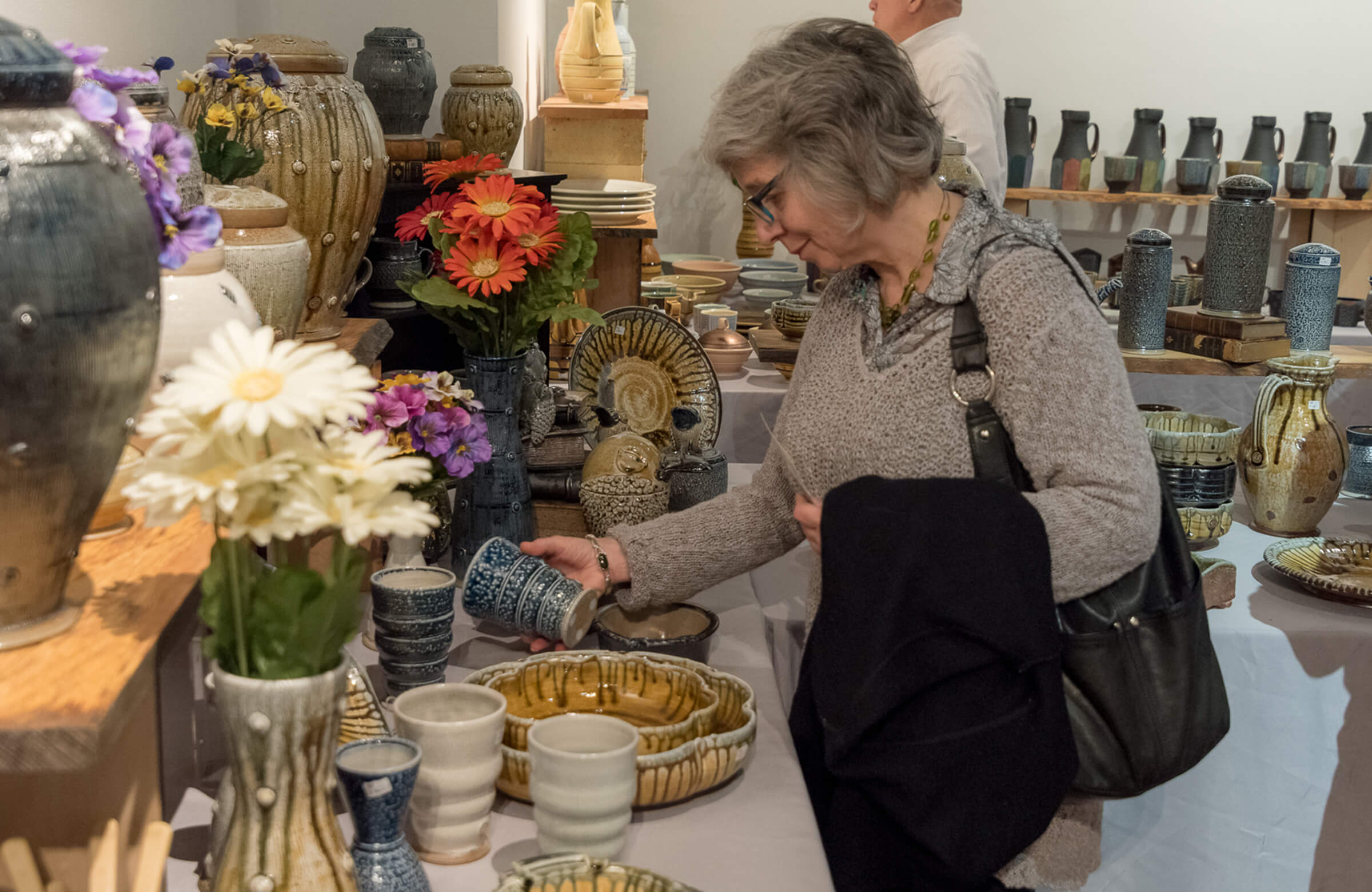

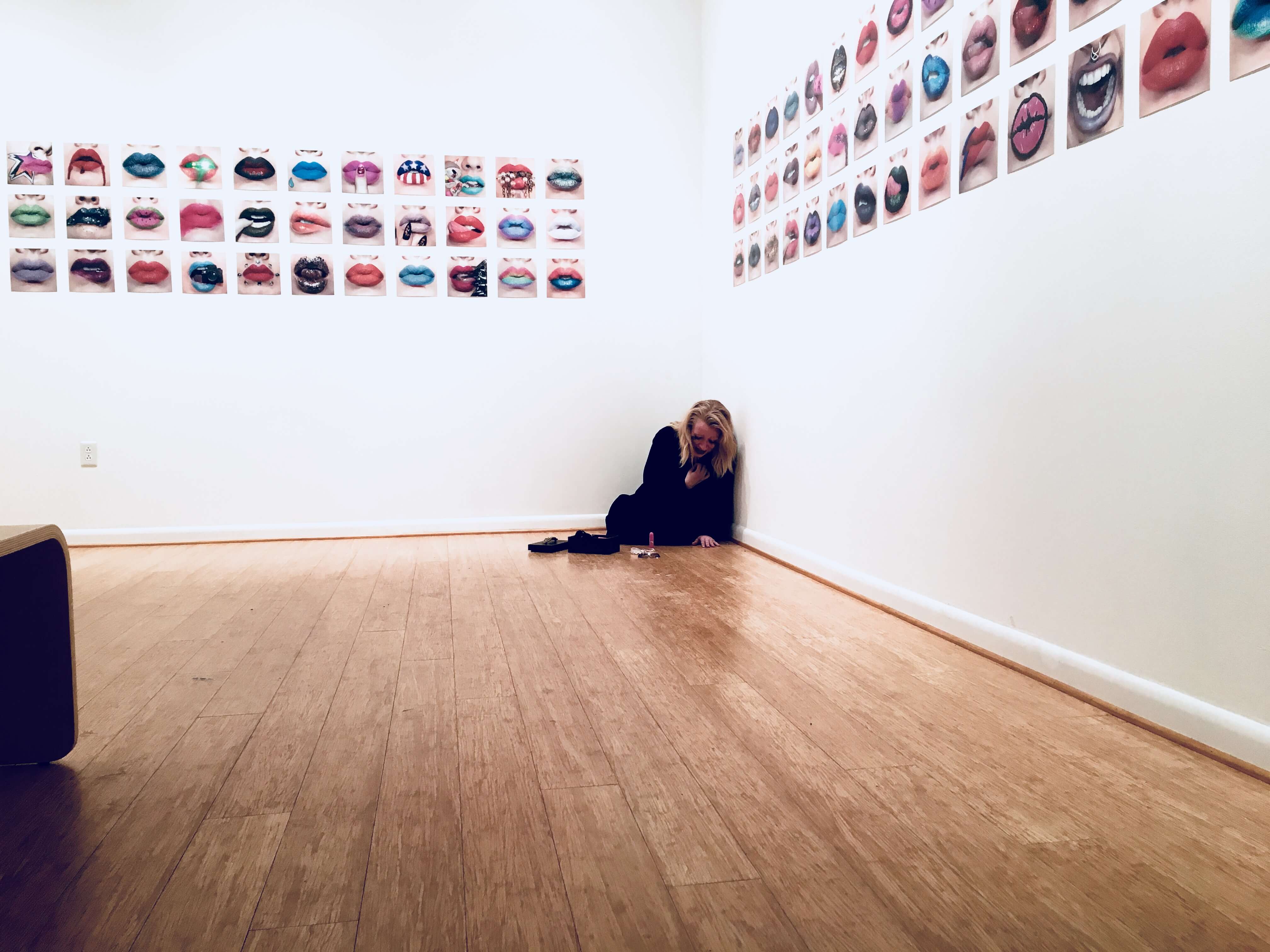

What are some of your favorite local nonprofits to support?
- Visual Studies Workshop—they were my second home for a long time.
- The Yards—it’s woman-founded, woman-run, and woman-owned. They provide alternative opportunities for people who might not have access to galleries.
- Gallery 74—it’s one of the few black-owned galleries in Rochester. It’s located in Corn Hill. They provide space for socially conscious art, dialogue about the community, and room for people who have been marginalized. I really admire the work they’re doing.
If you had $100 and two hours to kill in Rochester, how would you spend the time/money?
I’d go renew my family membership at the George Eastman Museum. I visit a few times a year and like to take my family when they’re in town. I enjoy a lot of the events they offer. They’re working to give the community access to curators so people can engage more with the collection, which I love.
What's the best place to get a garbage plate?
Dogtown. I really like their hot sauce. The homefries are crispy and not greasy. The mac salad is delicious, and not some weird sauce. Plus, they do a lot for the community.
What is your personal coping mechanism for cold/gray weather?
I’m an indoor cat, so it doesn’t bother me much. If I have free time, I’m usually working on my own art. I don’t like the cold, but I don’t mind the gray. I keep a shovel in my car and deal with it.
What is your favorite Rochester memory?
Seeing Buddy Guy at Jazz Fest a couple years ago was pretty great. He performed at Kodak Hall. It was a really good performance, and you’d never guess he’s his age. He’s in his 80s!
What makes Rochester unique?
The Kodak legacy—both for good and for bad. There’s a lot of people who have worked at Kodak and are still active in the community, and have a broad sense of the need to better the community, like George Eastman.
There’s still a lot of disparity and division caused by Kodak’s employment discrimination until the 1960s, though. It was hard for people of color to get jobs, even Italians. It impacted many people generationally. My boyfriend’s family couldn’t get jobs at Kodak and they’re Italian. My dad couldn’t get a job there either. It’s hard to develop intergenerational wealth without access to a good job. Plus, discriminatory town charters impacted housing.
We do have an innovative and entrepreneurial community spirit because of Eastman, and it lives on. But corporately, it will take a long time to recover from not moving forward with digital. It’s very much a part of what Rochester is today.
What do you think could be improved?
We need to be mindful of accessibility in a city with such huge disparities. I try to be the thorn that reminds people about that. I also try to remind myself that I’m coming from a point of privilege. There’s a big, convoluted process for accessing many spaces and collections, but lots of what’s in Rochester is accessible. We just have to help ensure that it’s accessible for all.
At Flower City Arts Center, we run the Studio 678 program with kids from Wilson. 90% of the kids who are involved in our arts programs in 6th, 7th, and 8th grade graduate high school. There are programs out there that work, we just need to give more schools access to those types of programs. It’s kind of like throwing a starfish back into the ocean. It’s worth it though.
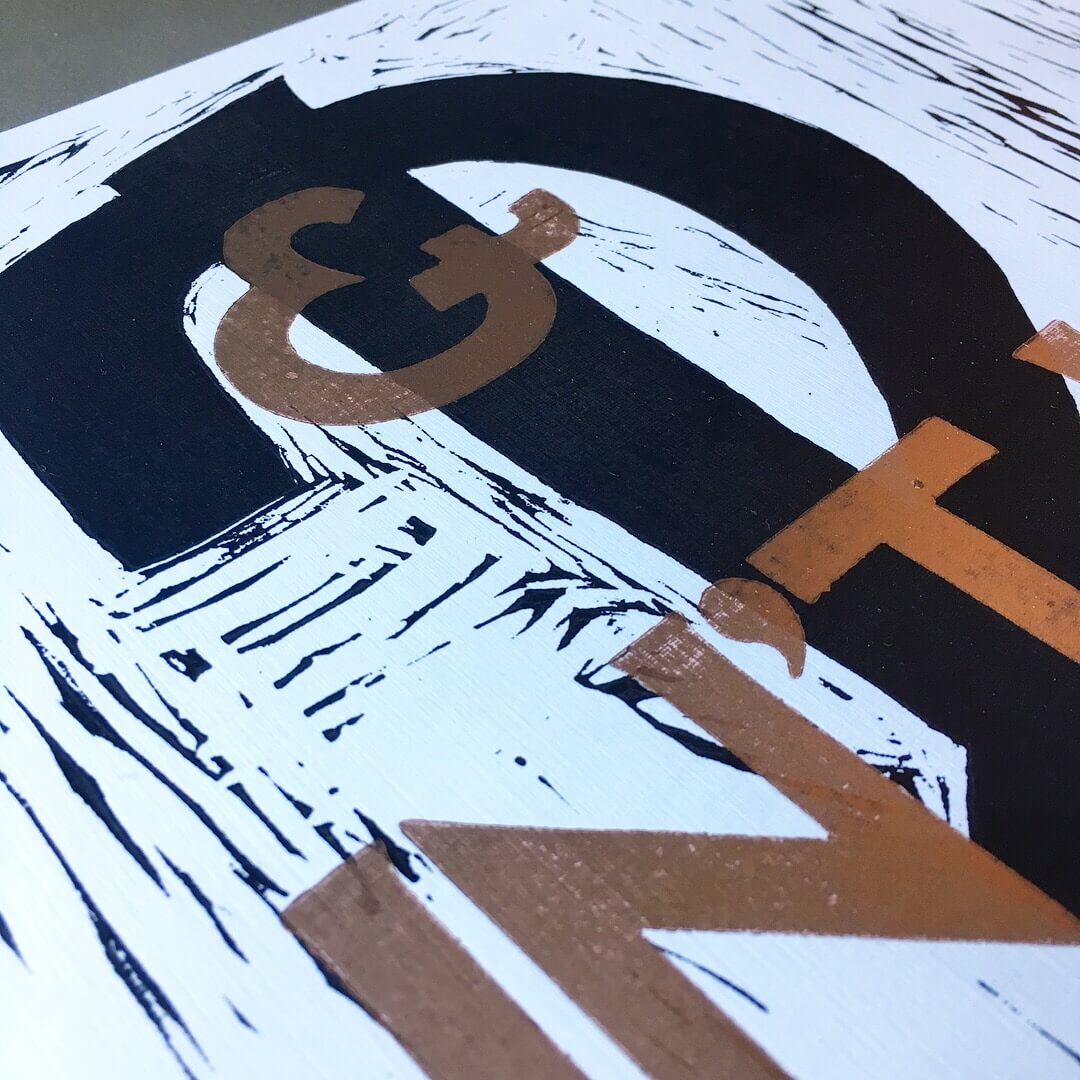

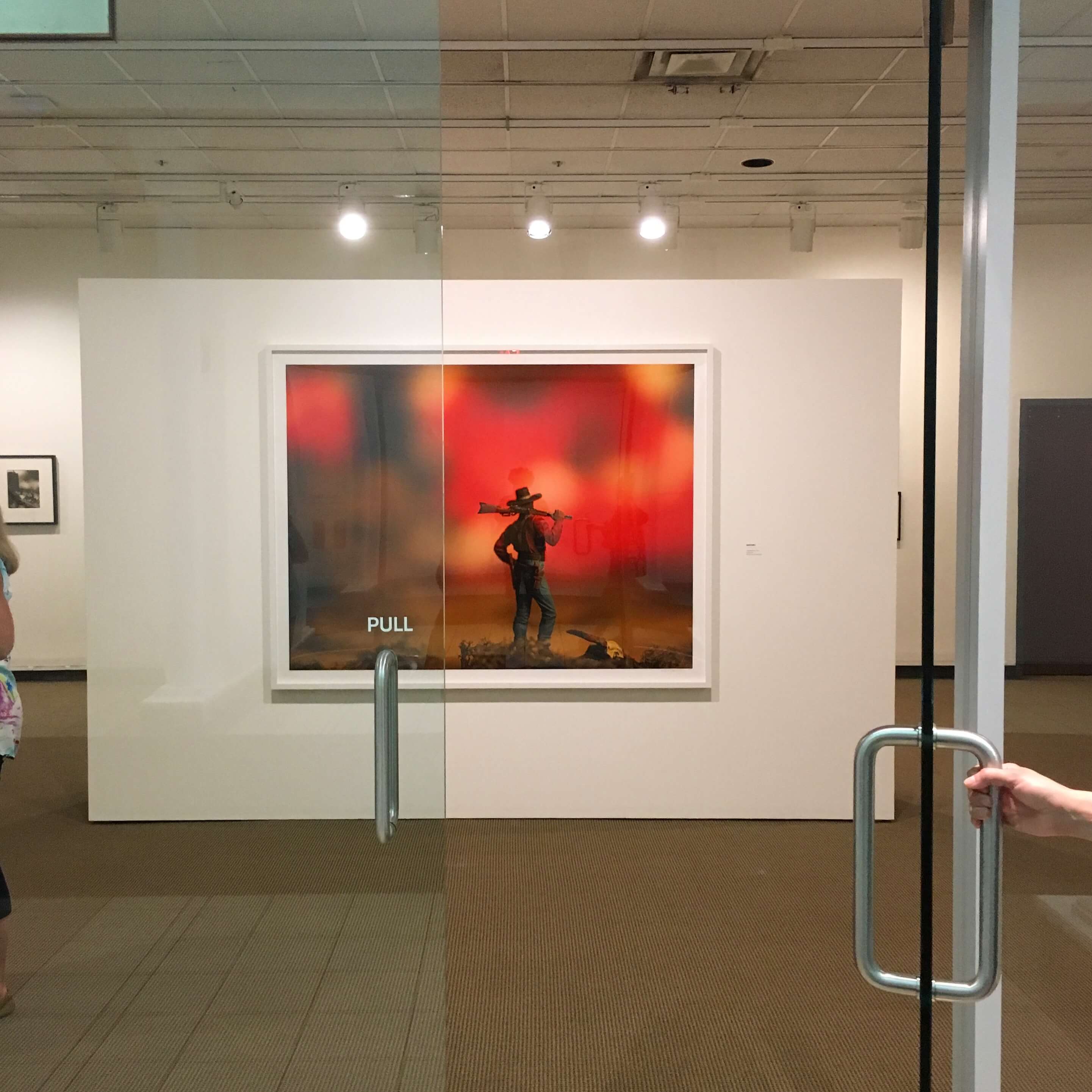

If you could change one thing about Rochester, what would it be?
Here 15 minutes is perceived as really far, and that’s so weird to me. People in Greece won’t drive to visit a museum in the city. Going downtown was and is a big deal. I wish more people would be willing to go to a different part of town—not just downtown. It seems like a really big deal for people to go outside their neighborhoods.
If Rochester was a season, what would it be?
Well Rochester has two seasons, winter and festival season. So we’d be festival season.
What advice would you give to someone who is new to Rochester and looking to get to know the area?
Join a group. Pick something you’re passionate about. Search on Facebook and join a group. Sometimes it feels like it’s hard to get an “in,” especially if you work for a smaller employer. But there are lots of social opportunities, especially once you decide not to be isolated anymore. Find shared interests. Someone will start dragging you along to things, just claiming you: “you’re my friend now.” It gets easier.
Amanda Chestnut is an artist and arts administrator with a passion for making our community more accesible to all. For more of her perspective, visit our Instagram.

